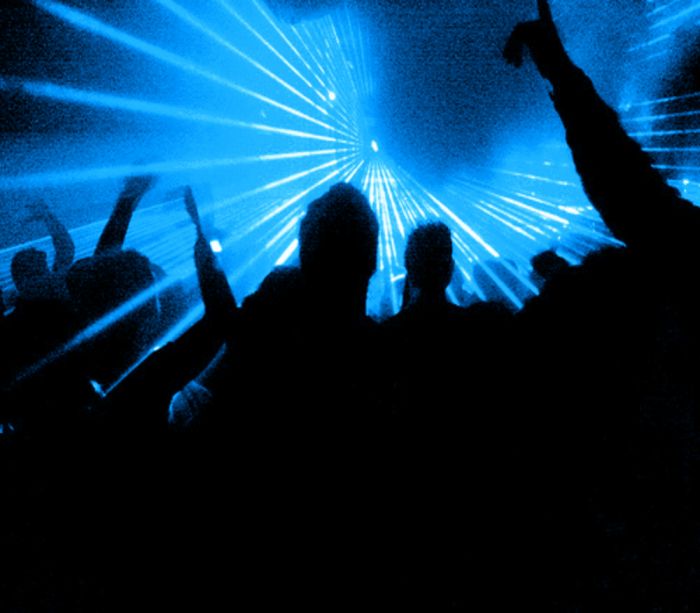|
|
Rave Party Light Show
|
The late 1950s in London saw the term "Rave" used to describe the "wild bohemian parties" of the Soho beatnik set. In 1958 Buddy Holly recorded the hit "Rave On," citing the madness and frenzy of a feeling and the desire for it to never end. The word "rave" was later used in the burgeoning mod youth culture of the early 1960s as the way to describe any wild party in general. People who were gregarious party animals were described as "ravers". Pop musicians such as Steve Marriott of The Small Faces and Clare Willans were self-described "ravers".
Presaging the Word's subsequent 1980s association with electronic music, the word "rave" was a common term used regarding the music of mid-60s garage rock and psychedelia bands (notably The Yardbirds). Along with being an alternative term for partying at such garage events in general, the "rave-up" referred to a specific crescendo moment near the end of a song where the music was played faster, heavier and with intense soloing or elements of controlled feedback. It was later part of the title of an electronic music performance event held on 28 January 1967 at London's Roundhouse titled the "Million Volt Light and Sound Rave". The event featured the only known public airing of an experimental sound collage created for the occasion by Paul McCartney of The Beatles - the legendary Carnival of Light recording.
With the rapid change of British pop culture from the mod era of 1963–1966 to the hippie era of 1967 and beyond, the term fell out of popular usage. During the 1970s and early 1980s until its resurrection, the term was not in vogue, one notable exception being in the lyrics of the song "Drive-In Saturday" by David Bowie (from his 1973 album Aladdin Sane) which includes the line "It's a crash course for the ravers." Its use during that era would have been perceived as a quaint or ironic use of bygone slang: part of the dated 1960s lexicon along with words such as "groovy". The perception of the word changed again in the late 1980s when the term was revived and adopted by a new youth culture, possibly inspired by the use of the term in Jamaica.
In the mid to late 1980s a wave of psychedelic and other electronic dance music, most notably acid house and Techno, emerged and caught on in the clubs, warehouses, and free-parties around London and later Manchester. These early raves were called Acid House Parties. They were mainstream events that attracted thousands of people (up to 25,000 instead of the 4,000 that came to earlier warehouse parties). Acid House parties were first re-branded "rave parties" in the media, during the summer of 1989 by Neil Andrew Megson during a television interview, however, the ambience of the rave was not fully formed until 28 May 1991. In the UK, in 1988-89, raves were similar to football matches in that they provided a setting for working-class unification, in a time with a union movement in decline and few jobs, and many of the attendees of raves were die-hard football fans.
|
|









